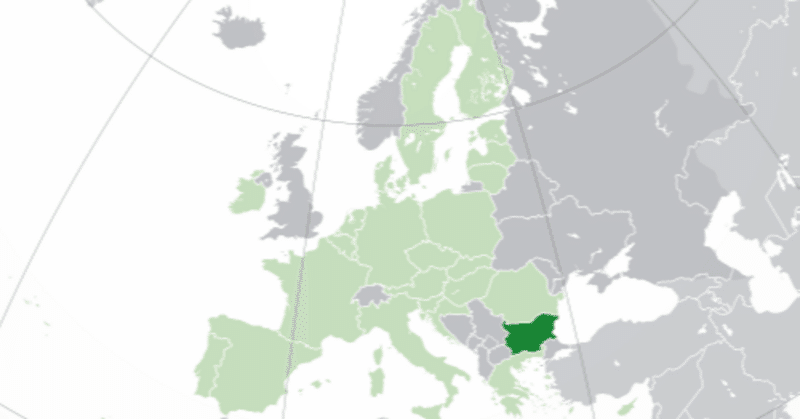
定義definitionとは?
ブルガリア正教会(Alexander Nevsky Cathedral)アレクサンドル・ネフスキー大聖堂
ブルガリアの首都ソフィアの中心部にある、ブルガリア正教会の大聖堂。オスマン帝国支配を終わらせたロシアトルコ戦争におけるロシア兵の戦死者を追悼するため、19世紀末から20世紀初頭に建造。ネオビザンチン様式の聖堂で同国最大級。高さ60メートルのドームがあり、約5000人の収容が可能。内部にはイコンの博物館がある。アレクサンドルネフスキー寺院。
Bulgarian Orthodox Church (Alexander Nevsky Cathedral) Alexander Nevsky Cathedral
A Bulgarian Orthodox cathedral located in the center of Sofia, the capital of Bulgaria. It was built between the end of the 19th century and the beginning of the 20th century to commemorate the Russian soldiers who died in the Russo-Turkish War that ended Ottoman rule. One of the largest neo-Byzantine cathedrals in the country. It has a dome that is 60 meters high and can accommodate approximately 5,000 people. There is a museum of icons inside. Alexander Nevsky Cathedral.
正教会は一カ国に一つの教会組織をそなえることが原則だが(ブルガリア正教会以外の例としてはギリシャ正教会、ロシア正教会、日本正教会など。もちろん例外もある)、これら各国ごとの正教会が異なる教義を信奉している訳では無く、同じ信仰を有している[1]。
正教会の教義や、全正教会に共通する特徴については「正教会」を参照
スラヴ系教会のなかでは最も古く独立正教会となった(9世紀末に成立)。ブルガリア王ボリス1世のキリスト教への改宗に起源を持ち、927年、次代の王シメオン1世の指導下にコンスタンディヌーポリ総主教座から独立した正教会が確立された。
In principle, the Orthodox Church has one church organization per country (examples other than the Bulgarian Orthodox Church include the Greek Orthodox Church, the Russian Orthodox Church, and the Japanese Orthodox Church. Of course, there are exceptions), but the Orthodox Church in each country They do not believe in different doctrines, but rather have the same faith.[1]
For information on the doctrines of the Orthodox Church and the characteristics common to all Orthodox Churches, see Orthodox Church
It is the oldest independent Orthodox church among the Slavic churches (founded at the end of the 9th century). It has its origins in the conversion to Christianity of King Boris I of Bulgaria, and in 927, under the leadership of the next king, Simeon I, the Orthodox Church was established independent of the Patriarchate of Constantinople.
この記事が気に入ったらサポートをしてみませんか?
